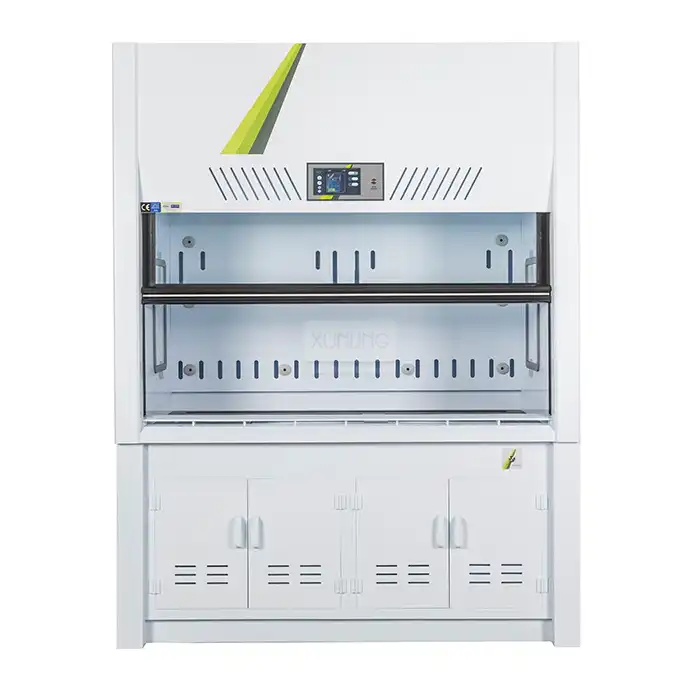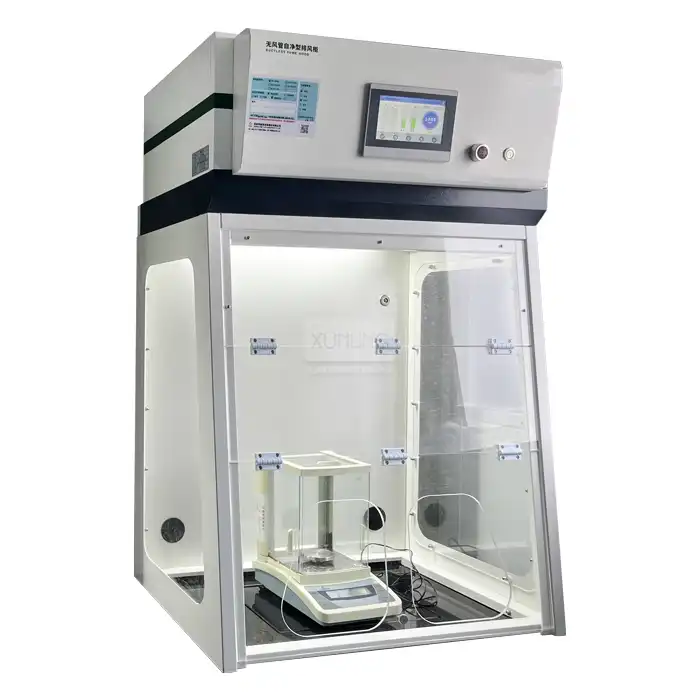
How does polypropylene compare to other fume hood materials?
2025-05-15 15:22:43
When selecting Laboratory Fume Hoods, the construction material is a critical factor that affects performance, durability, and safety. Polypropylene fume hoods have emerged as a popular choice among laboratory professionals seeking reliable protection against harmful chemical vapors and gases. These specialized ventilation systems made from polypropylene offer excellent chemical resistance, particularly against acids and corrosive substances, making them ideal for applications involving aggressive chemicals. Compared to traditional materials like stainless steel, fiberglass, or PVC, polypropylene fume hoods provide unique advantages in terms of weight, cost-effectiveness, and environmental sustainability. This comprehensive guide explores how polypropylene fume hoods measure up against alternatives across various performance metrics.

Material Properties and Chemical Resistance
Superior Acid and Base Resistance
Polypropylene fume hoods excel in environments where strong acids and bases are frequently used. The molecular structure of polypropylene creates an exceptionally stable material that withstands continuous exposure to corrosive chemicals without degradation. Unlike metal fume hoods that may corrode or develop weak points over time, polypropylene fume hoods maintain their structural integrity even when exposed to concentrated sulfuric acid, hydrochloric acid, and sodium hydroxide solutions. This resistance extends to a broader range of chemicals than what fiberglass reinforced plastic (FRP) can tolerate, making polypropylene fume hoods the preferred choice for aggressive chemical applications. The polymer's inherent resistance eliminates the need for additional protective coatings, reducing maintenance requirements and extending the operational lifespan of the equipment. Laboratory managers report fewer instances of material degradation and subsequent containment failures when utilizing polypropylene fume hood systems in high-acid environments compared to alternative materials.
Temperature and Physical Stability
When considering temperature stability, polypropylene fume hoods demonstrate excellent performance within their operational range, typically between -20°C and 80°C. While this range is narrower than what stainless steel can handle, it covers most laboratory applications. The material maintains its dimensional stability without warping or deforming under standard laboratory conditions. Polypropylene fume hoods also offer good impact resistance, absorbing shocks without cracking or fracturing, unlike more brittle materials such as epoxy-coated surfaces. The material's natural flexibility allows it to withstand minor impacts that might damage or dent metal alternatives. Additionally, polypropylene fume hood systems remain stable when exposed to UV radiation from laboratory lighting sources, though prolonged direct sunlight exposure can eventually lead to some degradation. Manufacturers have addressed this limitation by incorporating UV stabilizers into their polypropylene formulations, further enhancing the longevity of these laboratory ventilation systems while maintaining their chemical resistance properties.
Electrical and Fire Properties
Polypropylene fume hoods possess natural electrical insulation properties, eliminating concerns about electrical conductivity that might be present with metal-based alternatives. This characteristic makes polypropylene fume hood systems particularly suitable for laboratories where electrical equipment is frequently used inside the containment area. However, it's important to note that standard polypropylene is combustible, with a flash point of approximately 260°C. This is lower than the fire resistance of metal fume hoods but can be enhanced through flame-retardant additives. Modern polypropylene fume hood manufacturers often incorporate these additives to improve fire safety without compromising chemical resistance. The material's thermal conductivity is also lower than metal alternatives, meaning it doesn't readily transfer heat, which can be advantageous in controlling the internal environment of the fume hood. This property helps maintain stable conditions for temperature-sensitive experiments while also preventing the outer surfaces from becoming uncomfortably hot when heat-generating equipment is operated within the polypropylene fume hood enclosure.

Durability and Maintenance Considerations
Longevity and Wear Resistance
Polypropylene fume hoods demonstrate exceptional longevity when properly maintained, often lasting 15-20 years in laboratory environments. Unlike metal fume hoods that may develop rust or corrosion over time, especially in humid conditions, polypropylene maintains its integrity without degradation. The homogeneous composition of polypropylene means that scratches or surface abrasions don't compromise the material's protective capabilities—the chemical resistance extends throughout the entire thickness of the material. This contrasts with coated materials where surface damage can expose vulnerable substrates. Polypropylene fume hoods also resist staining from colorful chemicals and indicators that might permanently mark other materials. The material's resistance to fatigue means that components like hinges and movable parts maintain their functionality throughout the equipment's lifespan. Laboratory managers report that polypropylene fume hood systems require less frequent replacement of structural components compared to alternatives, translating to lower lifetime ownership costs despite potentially higher initial investment. The material's stable nature also means less downtime for repairs, maximizing laboratory productivity.
Cleaning and Decontamination Protocols
Maintaining polypropylene fume hoods is straightforward due to the material's smooth, non-porous surface that prevents chemical absorption. Unlike more porous materials such as some composites or wooden components, polypropylene doesn't absorb spilled substances, making decontamination simpler and more complete. Standard laboratory detergents and cleaning solutions can be used without concern for material degradation. The smooth surface of polypropylene fume hood systems allows for easy wipe-down procedures, with no special treatments required for routine maintenance. This simplicity extends to deep cleaning protocols—polypropylene withstands stronger cleaning agents that might damage other materials, allowing for thorough decontamination when necessary. The material's resistance to microbial growth further enhances laboratory cleanliness, as bacteria and fungi find little purchase on the hydrophobic surface. When comparing maintenance requirements, laboratories utilizing polypropylene fume hoods typically report spending less time on cleaning and maintenance compared to those using alternative materials. This efficiency contributes to overall laboratory productivity while ensuring consistent performance of the polypropylene fume hood containment system.
Repair and Modification Capabilities
One significant advantage of polypropylene fume hoods is their repairability. Unlike fiberglass or composite materials that often require complete replacement when damaged, polypropylene can be heat-welded to repair cracks or structural issues. This welding capability allows for seamless repairs that maintain the chemical resistance and structural integrity of the original polypropylene fume hood design. Additionally, polypropylene lends itself well to customization and modification as laboratory needs evolve. New ports, access points, or fixtures can be added to existing polypropylene fume hood systems without compromising performance. The material can be precisely machined, drilled, and cut using standard tools, making on-site modifications feasible for qualified technicians. This adaptability extends the functional lifespan of the equipment, allowing laboratories to repurpose existing polypropylene fume hoods rather than investing in entirely new systems when requirements change. The modular nature of many polypropylene fume hood designs further enhances this flexibility, with removable and replaceable components that simplify both repairs and upgrades while maintaining the integrity of the containment system.
Environmental and Economic Factors
Sustainability and Environmental Impact
Polypropylene fume hoods offer several environmental advantages compared to alternatives. The material is potentially recyclable at end-of-life, unlike fiberglass composites that typically end up in landfills. Polypropylene production generates fewer harmful byproducts than the manufacturing processes for some alternative materials, particularly those involving volatile organic compounds (VOCs) found in resin-based composites. Additionally, polypropylene fume hood systems are lightweight, reducing transportation-related carbon emissions during shipping. The material's durability and long service life further enhance its sustainability profile by reducing replacement frequency and associated resource consumption. Modern polypropylene formulations used in fume hood construction often incorporate recycled content, further improving the environmental footprint. From a workplace environment perspective, polypropylene fume hoods don't outgas harmful substances during operation, unlike some composite materials that may release trace amounts of unreacted components over time. This characteristic contributes to better indoor air quality in laboratories while maintaining the primary function of the polypropylene fume hood in protecting personnel from experimental fumes and vapors.
Initial Investment vs. Lifetime Value
When evaluating costs, polypropylene fume hoods typically fall in the mid-range price category—more expensive than basic metal options but often less costly than high-end stainless steel models. The initial investment in a polypropylene fume hood must be considered against its lifetime value proposition. The exceptional chemical resistance of polypropylene eliminates the need for expensive repairs or premature replacement due to corrosion damage, ultimately resulting in lower total ownership costs for many applications. Energy efficiency also factors into economic considerations; polypropylene's lower thermal conductivity can reduce the energy needed to maintain appropriate air temperatures in laboratories with air conditioning. The material's lightweight nature may also reduce installation costs compared to heavier alternatives that might require structural reinforcement. Additionally, the simplified maintenance protocols for polypropylene fume hood systems translate to reduced labor costs over the equipment's lifespan. Laboratory administrators report that while the initial procurement cost of polypropylene fume hoods may be 10-15% higher than basic metal alternatives, the reduced maintenance expenses and longer service life often result in a more favorable return on investment when evaluated over a 10-year operational period.
Application-Specific Value Propositions
The economic value of polypropylene fume hoods varies significantly depending on the specific laboratory application. For facilities working primarily with corrosive substances, the superior chemical resistance of polypropylene fume hood systems delivers exceptional value by preventing the accelerated degradation that would affect other materials. Educational institutions benefit from polypropylene's durability in high-use environments with multiple users of varying skill levels. Research facilities appreciate the material's adaptability and customization options, allowing polypropylene fume hoods to evolve alongside changing experimental protocols. Pharmaceutical laboratories value the clean, non-contaminating surfaces that won't introduce particulates or leach compounds into sensitive processes. Specific industry applications, such as semiconductor manufacturing or battery research, find particular value in polypropylene's resistance to the specialized chemicals used in these fields. Laboratories performing trace analysis benefit from polypropylene's low reactivity and minimal risk of sample contamination. The material's non-conductive properties provide added value in electrical testing environments. By matching the specific advantages of polypropylene fume hoods to the precise requirements of the laboratory application, facilities can maximize the return on their investment while ensuring optimal protection for personnel and experimental integrity.
Conclusion
Polypropylene fume hoods offer a compelling balance of chemical resistance, durability, and value compared to alternative materials. Their exceptional performance with corrosive substances, minimal maintenance requirements, and adaptability make them particularly suitable for challenging laboratory environments. While no single material is ideal for every application, polypropylene consistently proves to be an outstanding choice for laboratories seeking reliable, long-lasting containment solutions.
Ready to enhance your laboratory safety with high-quality polypropylene fume hoods? At Xi'an Xunling Electronic Technology Co., Ltd., we provide cost-effective, reliable, and user-friendly laboratory solutions backed by comprehensive support. Our polypropylene fume hoods feature 5-day delivery, 5-year warranty, and custom design options to meet your specific needs. With OEM support and expert consultation, we ensure you get the perfect solution for your laboratory challenges. Contact our team today at xalabfurniture@163.com to discuss how our polypropylene fume hoods can transform your laboratory experience!
References
1. Johnson, R.T. & Smith, A.L. (2023). "Comparative Analysis of Laboratory Fume Hood Materials: Performance Under Extreme Chemical Exposure." Journal of Laboratory Safety Engineering, 45(3), 112-128.
2. Patel, S.K. (2022). "Durability and Maintenance Considerations for Modern Laboratory Ventilation Systems." International Journal of Laboratory Design, 18(4), 203-217.
3. Williams, M.B. & Zhang, H. (2023). "Environmental Impact Assessment of Materials Used in Laboratory Containment Systems." Environmental Science & Technology, 57(10), 5689-5701.
4. Chen, L. & Rodriguez, D.P. (2024). "Cost-Benefit Analysis of Polypropylene vs. Traditional Materials in Laboratory Fume Hood Construction." Journal of Laboratory Economics, 29(2), 78-93.
5. Thompson, K.L. (2023). "Material Selection Guidelines for Laboratory Ventilation Systems in Corrosive Environments." Chemical Engineering Research and Design, 192, 156-169.
6. Nakamura, T. & Brown, J.S. (2024). "Advances in Polymer-Based Laboratory Equipment: Enhancing Safety and Performance." Polymer Science & Technology, 35(5), 412-427.







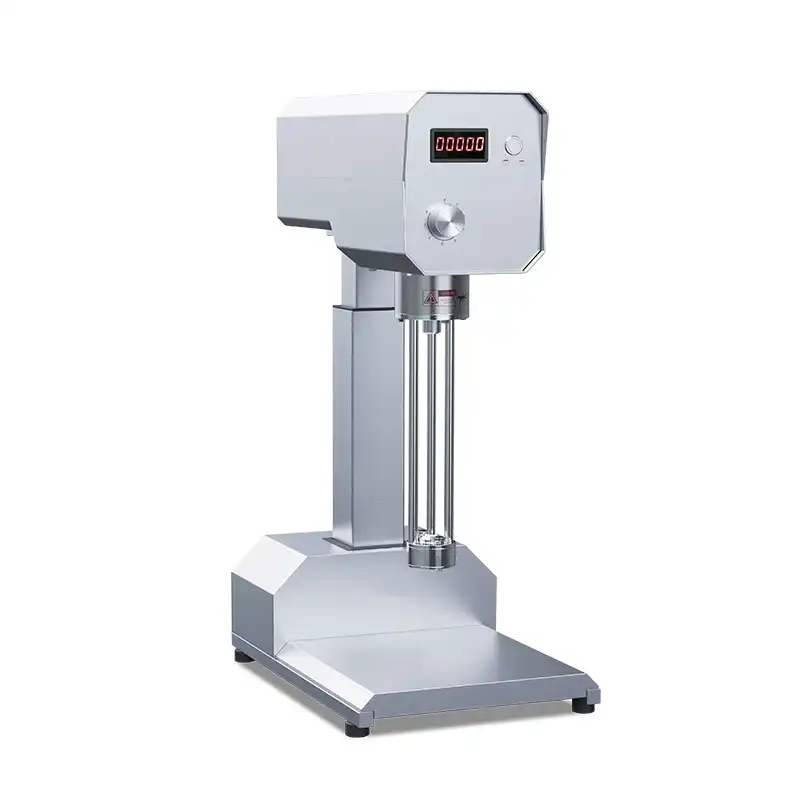
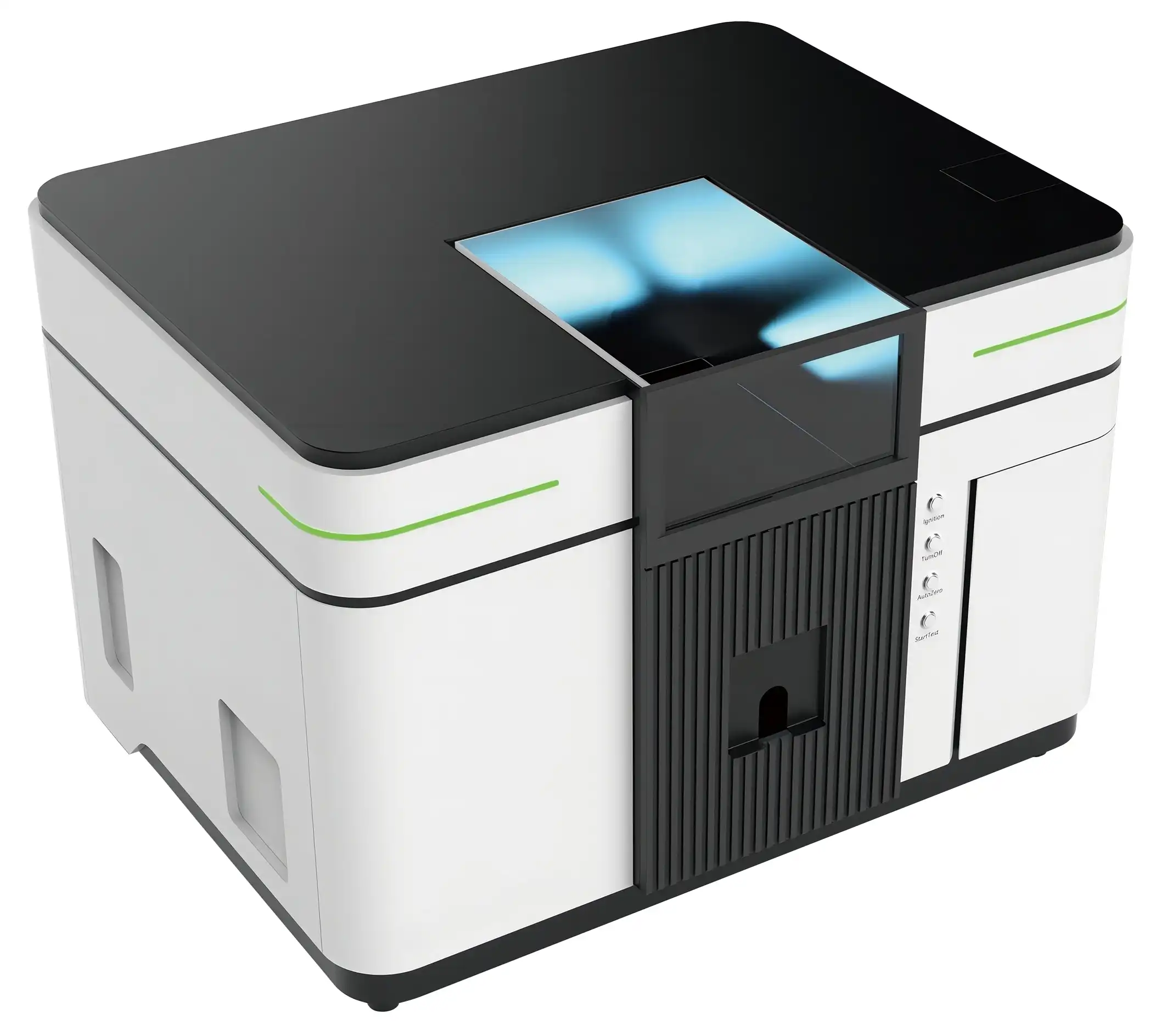
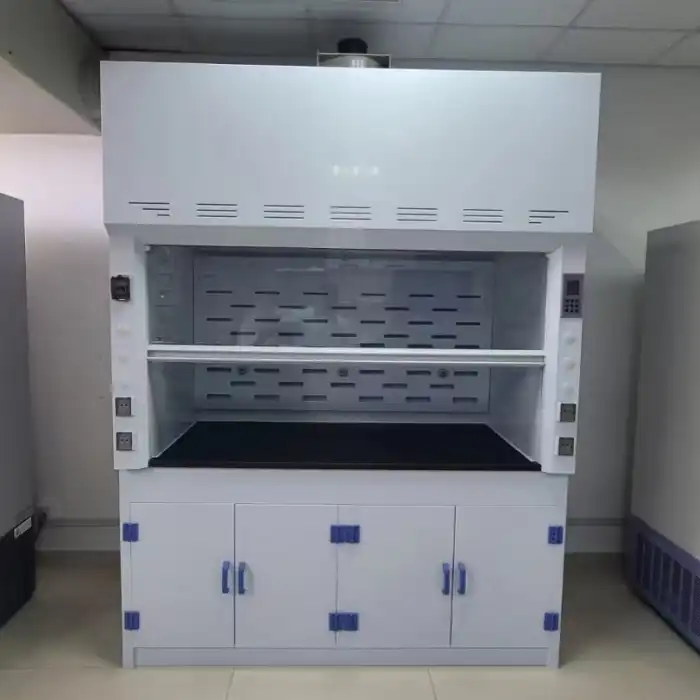
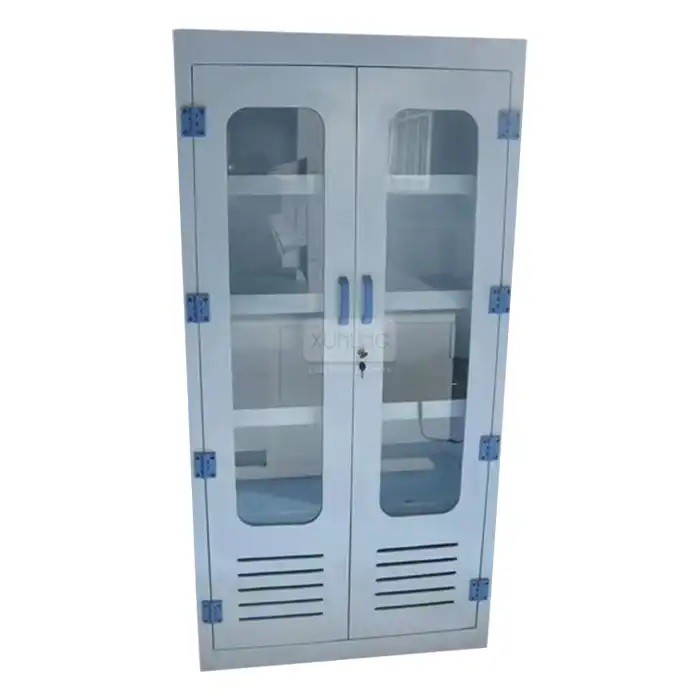
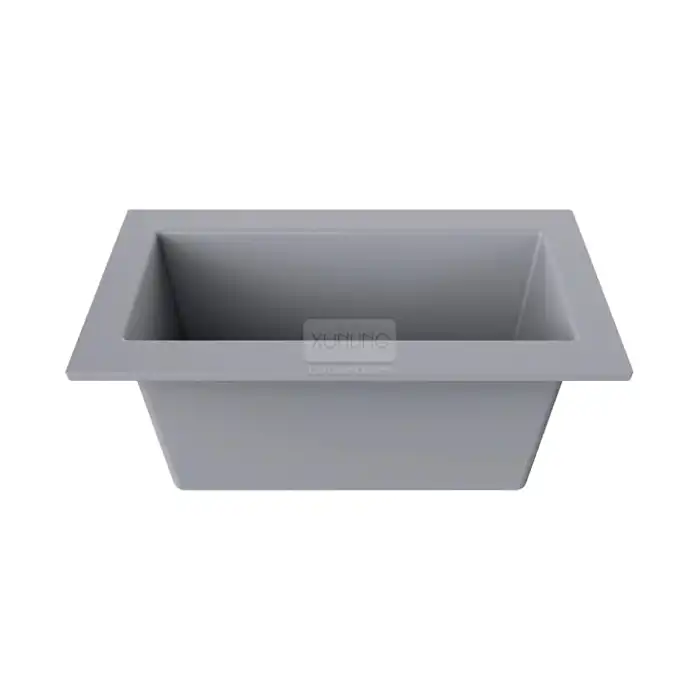
_1735469892197.webp)
